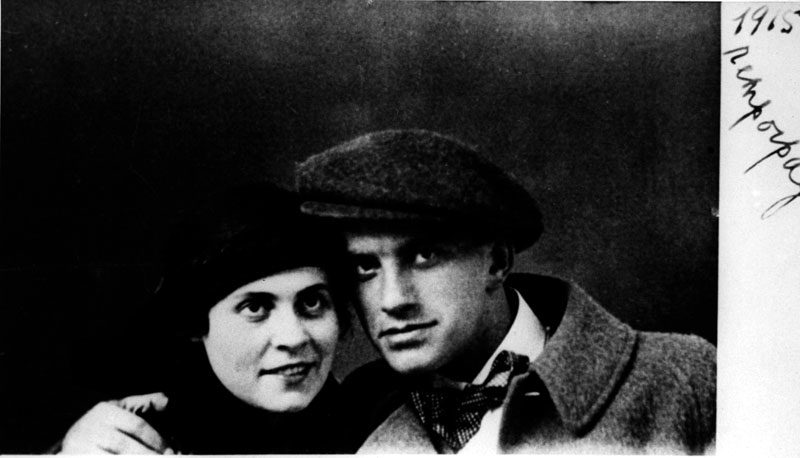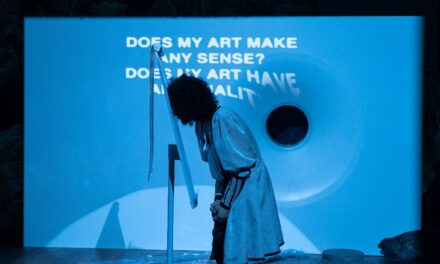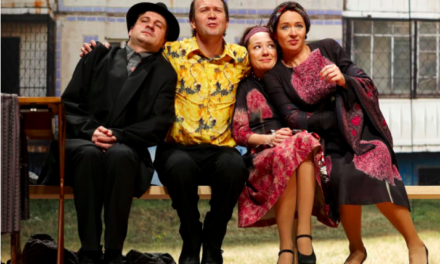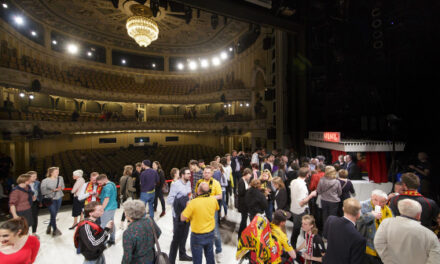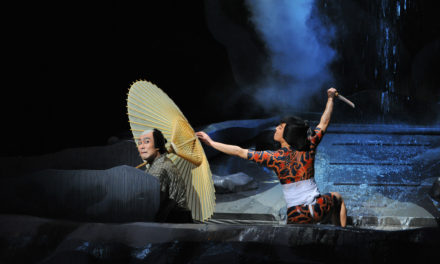BLACK, WHITE, AND RED ALL OVER
By Lewis Owens
The Grand Ballroom, New York Plaza Hotel, Saturday, November 26, 2016.
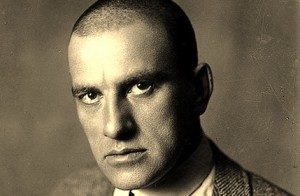
Vladimir Mayakovsky
“I stood with the crowd outside the Plaza and watched all the notables go in–it was a marvelous spectacle and it was all reported most handsomely in this morning’s press–somehow I feel embarrassed and ashamed to attend such gatherings–some ancient radicalism must still be coursing through my veins.”
[Mayakovsky’s suicide]: “a startling political event, sensational in its day”.
Isaiah Berlin, letter to Philippe Halban, Tuesday 30 November 1966.
Monday 29 and Tuesday 30 November 1966. New York. Charismatic author Truman Capote throws a lavish ball in the Grand Ballroom of the Plaza Hotel to celebrate the release of his iconic work In Cold Blood. The guests–wearing masks at Capote’s request: black for men, white for women–are drawn from the elite of current artistic and political society, including Mr. and Mrs. Leonard Bernstein, Mr. and Mrs. Richard Burton, Mr. and Mrs. Sammy Davis, Jr., Mr. and Mrs. Henry Fonda, Greta Garbo, Marlene Dietrich, Mrs. John F. Kennedy, Shirley MacLaine, Mr. and Mrs. Frank Sinatra, Andy Warhol, and Tennessee Williams. New York high society is at its peak of grandiosity and pomposity, while the war on communism rages rhetorically and literally, driven by President Lyndon B. Johnson’s aggressive approach to the Vietnam conflict. Isaiah Berlin, who, although invited, has chosen not to attend the ball and is represented at the party by his wife, Aline, waits by the steps of the Plaza with numerous reporters and witnesses the arrival of the guests before making his way home.
In marked contrast with the brash, egocentric and “masked” world of 1960s New York high society typified by Capote’s ball, the following day Isaiah and Aline Berlin meet Tatyana Yakovleva, the muse of Russian poet Vladimir Mayakovsky, who committed suicide in 1930. During this dinner, the Berlin’s and Yakovleva raise questions in the light of the previous evening’s ball: What is the authentic role of an artist? What is the social and political role of art? Does the communist philosophy of art as a socially accessible message have any merit? What is the future of art in a capitalist country like the US fifty years from now?
Black, White, and Red All Over is a humorous yet biting depiction of high-society gossip and back-stabbing politics, ending with a contemporary judgment on the relation of art to politics. This play, planned for November 2016 (exactly 50 years after the episodes it depicts) is based on the correspondence surrounding these true events, much of which has hitherto remained largely unknown. It also features the music of Sinatra and Bernstein and the poetry of Mayakovsky.
This post originally appeared on CEEL.org.uk on July 8, 2015, and has been reposted with permission.
This post was written by the author in their personal capacity.The opinions expressed in this article are the author’s own and do not reflect the view of The Theatre Times, their staff or collaborators.
This post was written by Robin Ashenden.
The views expressed here belong to the author and do not necessarily reflect our views and opinions.

